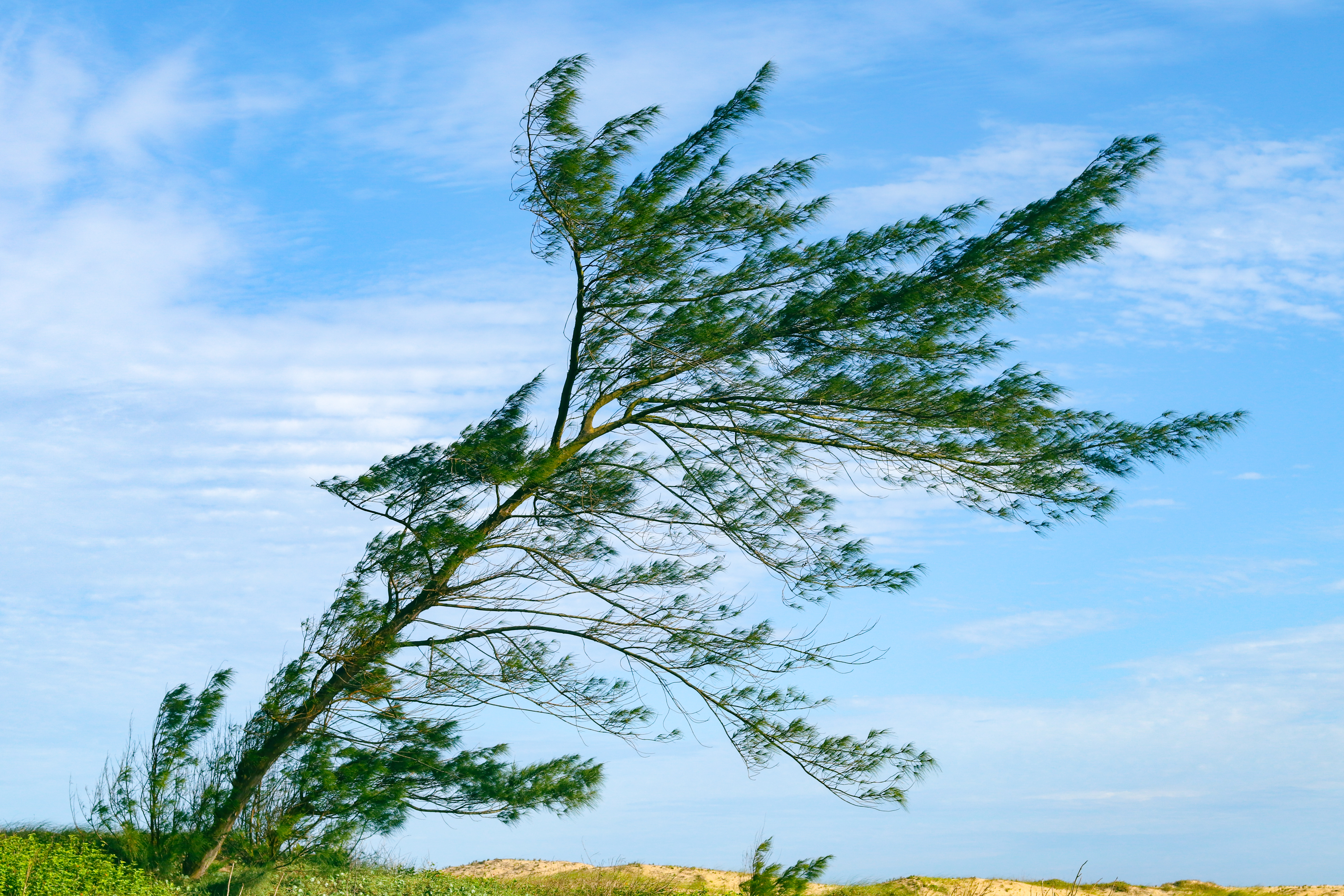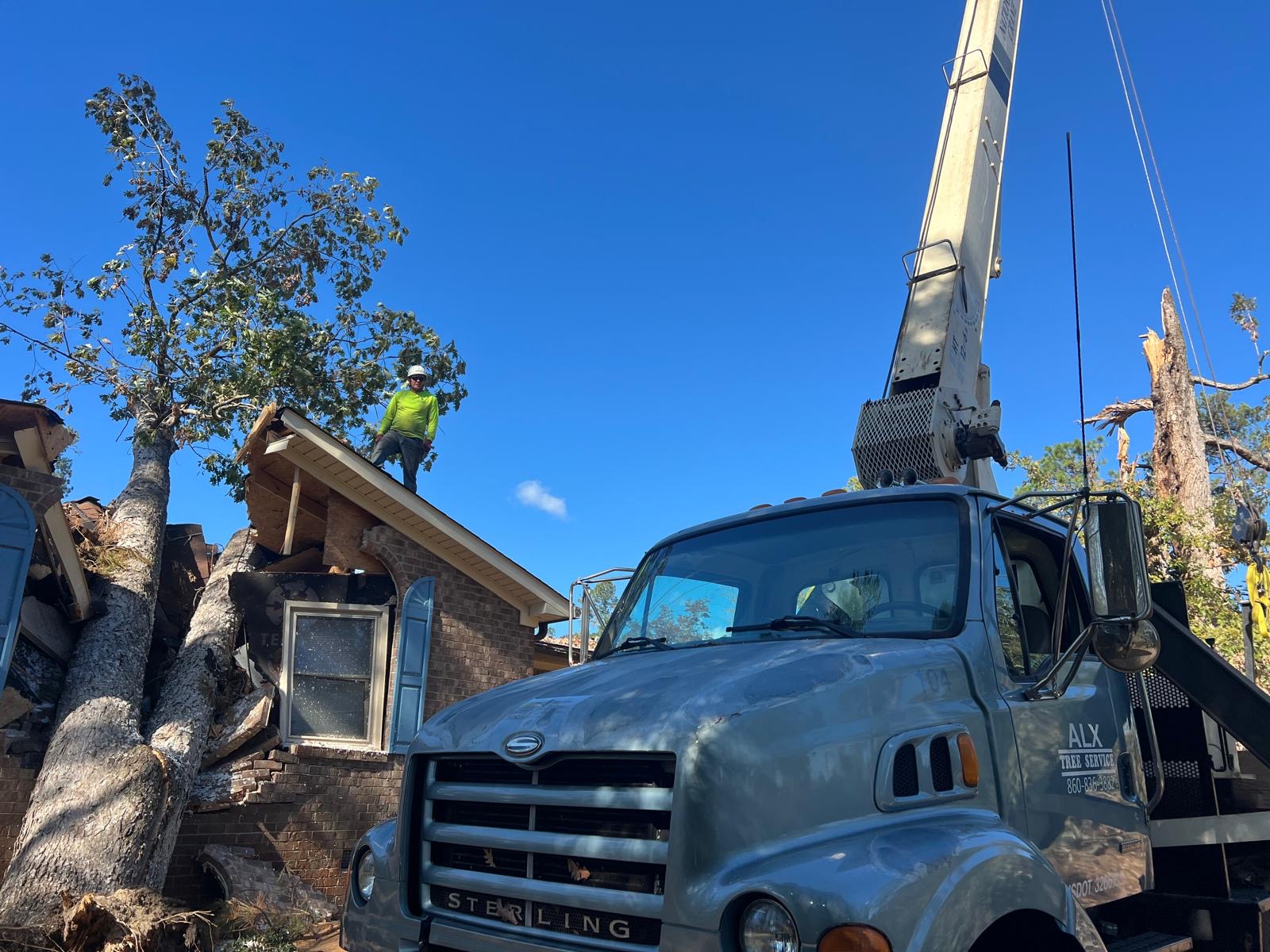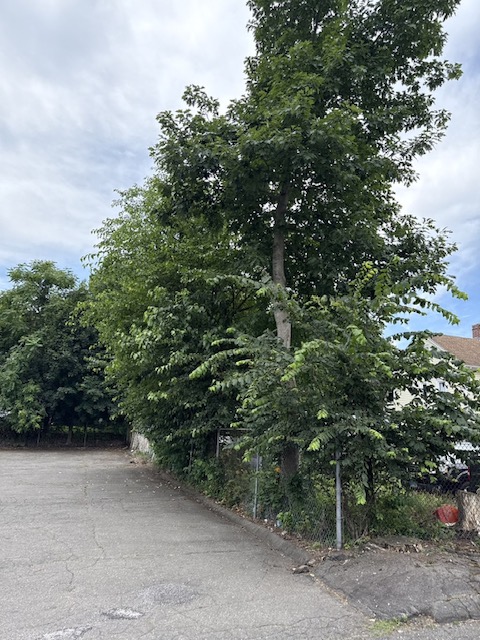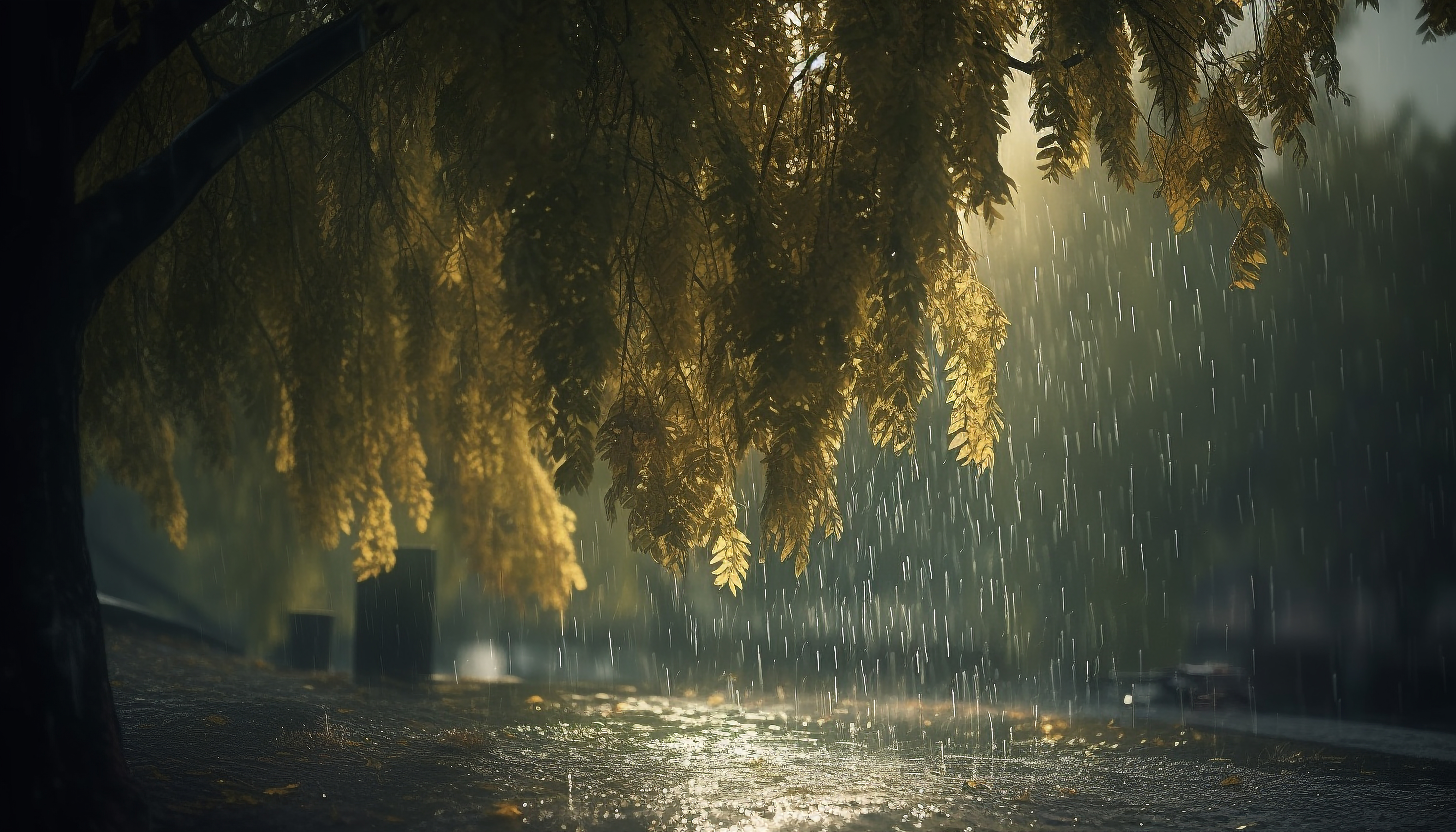Tips for Preventing Tree Damage in High-Wind Areas
By Tree Emergency Expert
Tree Emergency Expert

Whether you’re a homeowner, landscaper, or property manager, understanding how to protect trees from wind damage is crucial. It’s not just about aesthetics but safety, longevity, and cost savings.
High winds take a toll on properties across the country every year, causing an estimated $17 billion in damage. Trees, while beautiful and valuable, are often among the first casualties. A single falling branch can destroy a car, damage a roof, or worse, put lives at risk. But here’s the thing—most of this damage is preventable. With the right strategies, you can safeguard your trees and your property.
Whether you’re a homeowner, landscaper, or property manager, understanding how to protect trees from wind damage is crucial. It’s not just about aesthetics but safety, longevity, and cost savings. This guide will cover practical tips and expert insights to help your trees weather even the strongest storms. Let’s dig in!
1. Choose Wind-Resistant Trees
Trees vary greatly in their ability to withstand strong winds. Some species, like live oaks and crape myrtles, are naturally better at withstanding strong winds. Others, like willows and Bradford pears, are prone to snapping or uprooting.
Actionable Tip: If you’re planting new trees, opt for wind-resistant species native to your area. Local trees are naturally suited to the local climate and often develop stronger, more resilient root systems. Research or consult with a local arborist to choose the best species for your region.
2. Plant Trees Strategically
Where you plant a tree can be just as important as what you plant. Trees in open, exposed areas are more vulnerable to wind damage than those with some natural windbreaks.
Actionable Tip: Position trees near buildings, fences, or other structures that can act as windbreaks. Avoid planting too close to power lines, as high winds can bring branches into contact with them, causing outages or fires.
3. Prune for Strength
Proper pruning isn’t just about keeping a tree looking good. It’s essential for its structural integrity. Overgrown or poorly pruned trees are more likely to lose branches in high winds.
Actionable Tip: Focus on removing dead, diseased, or weak branches. Maintain a well-balanced canopy to reduce wind resistance. For young trees, practice structural pruning to encourage a strong, central leader and well-spaced branches.
4. Maintain Healthy Root Systems
A tree’s stability starts underground. Damaged or shallow root systems make trees more susceptible to uprooting during storms.
Actionable Tip: Avoid compacting soil around the base of your trees. Ensure proper watering, mulching, and fertilization to keep roots healthy and robust. If you’re unsure about a tree’s root health, hire a professional to inspect it.
5. Inspect Regularly
Early spotting of potential issues can save your trees and prevent costly damages. Watch for indications of disease, decay, or structural instability.
Actionable Tip: Conduct seasonal tree inspections, especially before storm season. Check for cracks, splits, or leaning trunks. If you spot anything concerning, consult an arborist immediately.
6. Use Cabling and Bracing
Some trees may need extra support, especially older or larger ones. Cabling and bracing can reinforce weak branches or trunks, reducing the risk of breakage in high winds.
Actionable Tip: This isn’t a DIY job. Hire a certified arborist to install these supports correctly and safely.
7. Remove Hazardous Trees
Sometimes, the best way to prevent damage is to remove a high-risk tree. While it’s not an easy decision, it’s better than facing potential injuries or property damage.
Actionable Tip: Identify trees that are dead, dying, or severely damaged. If they pose a risk to people or property, removal might be the safest option. Always work with professionals for large or complex removals.
8. Plan for Emergencies
Despite your best efforts, storms can still cause unexpected damage. Having a plan in place can make recovery quicker and safer.
Actionable Tip: Keep a list of trusted tree care professionals and emergency contacts. Ensure your property is insured for storm-related damages and know the coverage details.
Conclusion
Protecting your trees from high winds is an investment in safety, beauty, and long-term savings. By choosing the right trees, planting them strategically, and maintaining their health, you can minimize the risks and enjoy the benefits they provide for years to come. Remember, a little preparation today can save you from big problems tomorrow. Ready to get started? Your trees—and your property—will thank you!
Share this article:
Related Articles

How Advanced Equipment Speeds Up Emergency Tree Removal
When a tree crashes through your roof or takes out a power line, you don’t have time for delays. You need answers. Fast. And more importantly, you need a crew with the right tools—not just a chainsaw and a pickup. At 1 Tree Emergency, we specialize in high-stakes, high-speed tree removals. What sets us apart? We come equipped. Literally. With advanced equipment like spider lifts, cranes, grapple saws, and remote-controlled rigs, we can tackle dangerous removals faster, cleaner, and without causing more damage to your property.

Is a Leaning Tree an Emergency? Signs It’s About to Fall
A leaning tree can be nothing. Or it can be an imminent, 10,000-pound disaster. And knowing the difference? That can save you thousands of dollars—or your roof.

How Straight-Line Winds in Media, PA Create Hidden Tree Hazards
Straight-line winds aren’t tornadoes. But they pack the same destructive punch. These winds, often part of fast-moving thunderstorms called derechos, blast in one direction—hard and fast. Speeds regularly hit 60 to 100 mph.
Need Emergency Tree Service?
Our team of certified arborists is available 24/7 to handle any tree emergency.